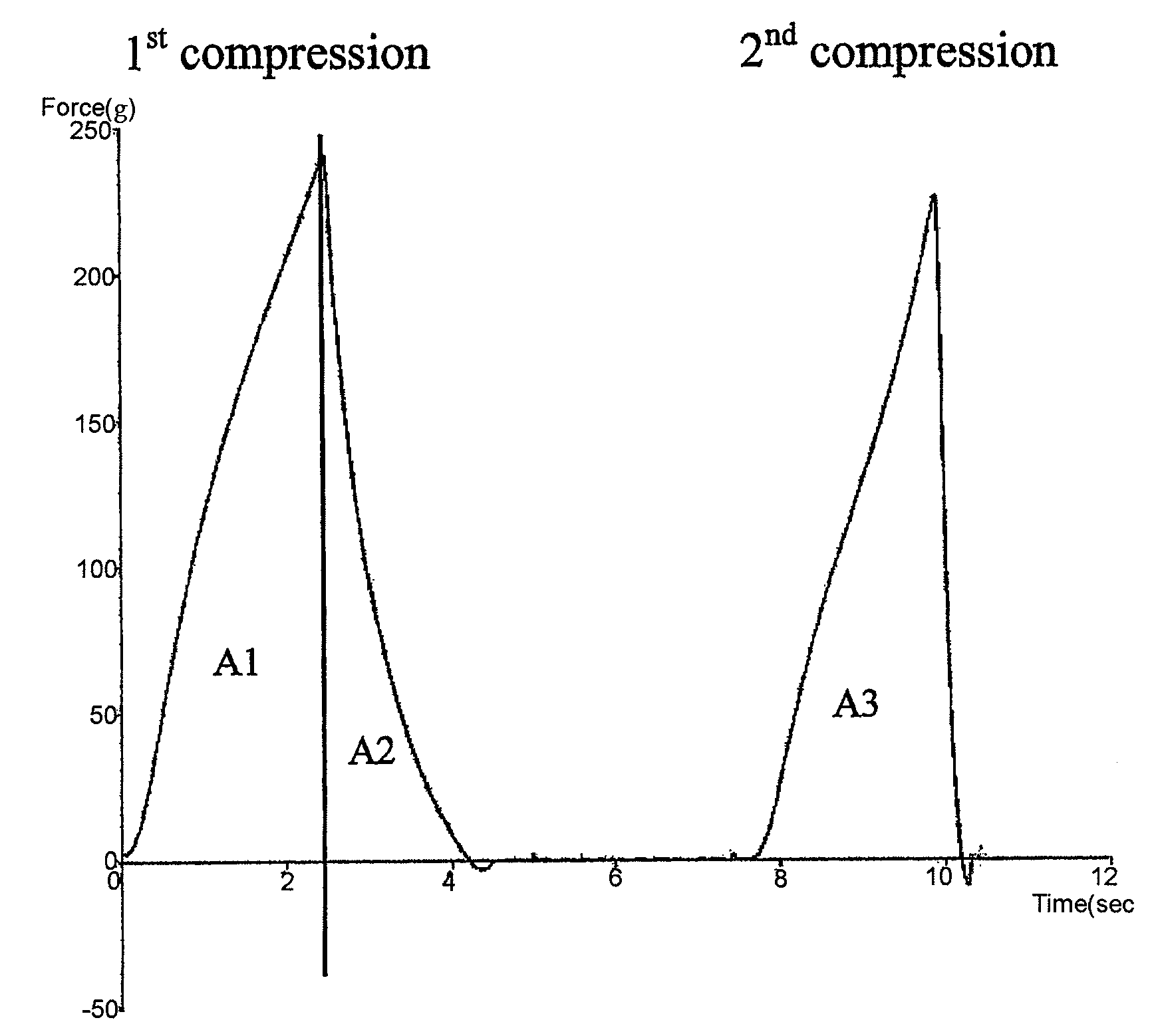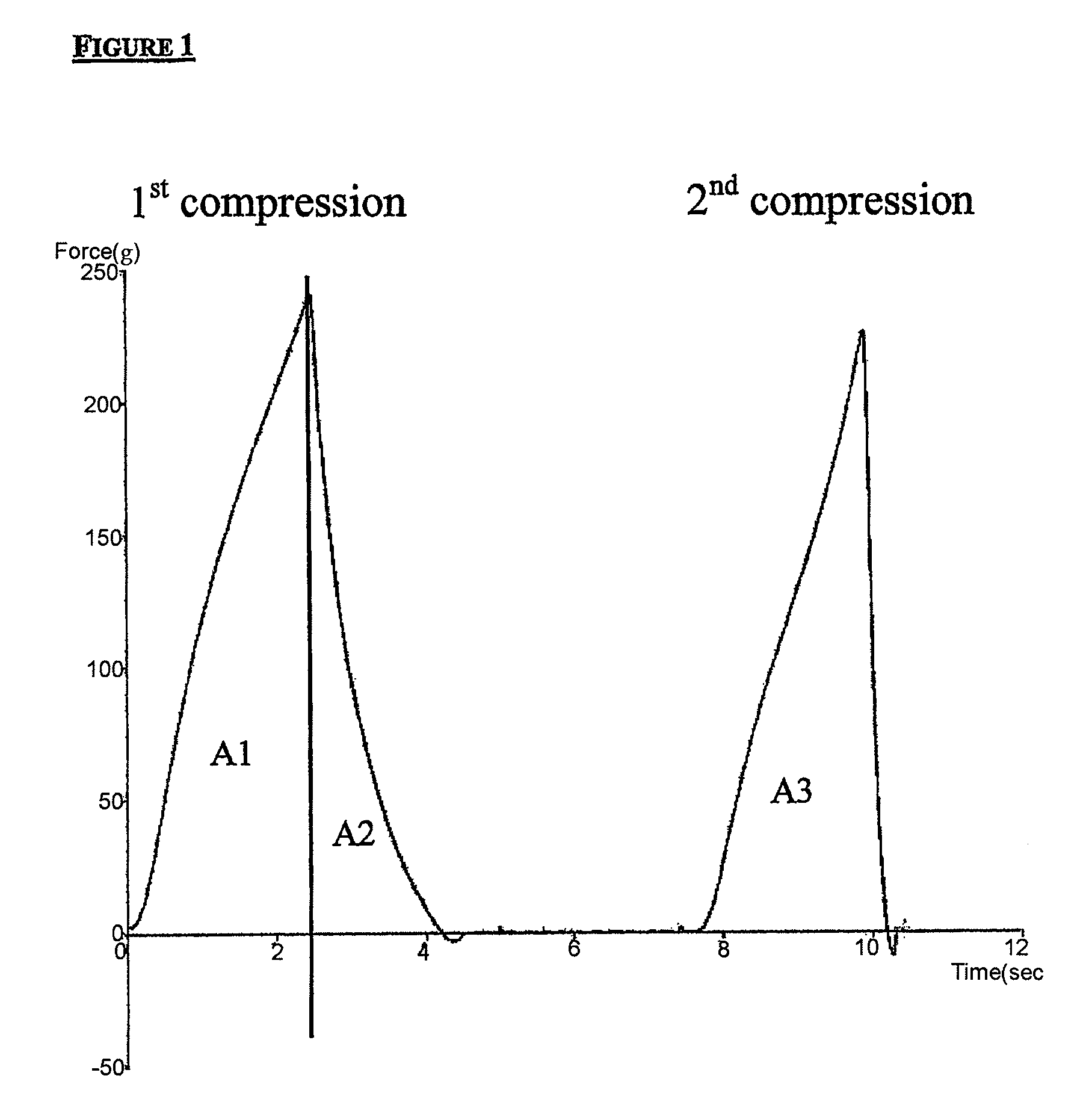Modified amylase from pseudomonas saccharophilia
a technology of pseudomonas saccharophilia and amylase, which is applied in the field of polypeptides, can solve the problems of bread staling, increasing bread firmness, and meliorating problems inherent in certain processes
- Summary
- Abstract
- Description
- Claims
- Application Information
AI Technical Summary
Benefits of technology
Problems solved by technology
Method used
Image
Examples
example 1
Cloning of PS4
[0390]Cloning of Pseudomonas sacharophila non-maltogenic exoamylase PS4 and the generation of plasmids pCSmta and pCSmta-SBD is described in WO 2005 / 003339, particularly Example 1.
[0391]Site directed mutagenesis (SDM) may be conducted using the methods described in WO 2005 / 003339, particularly in Example 2 of that document.
example 2
Multi SDM
[0392]The PS4 variants were generated using a QuikChange® Multi Site Directed Mutagenesis Kit (Stratagene) according to the manufactures protocol with some modifications as described.
Step 1: Mutant Strand Synthesis Reaction (PCR)
[0393]Inoculate 3 ml. LB (22 g / l Lennox L Broth Base, Sigma)+antibiotics (0.05 μg / ml kanamycin, Sigma) in a 10 ml Falcon tube
[0394]Incubate o / n 37° C., ca. 200 rpm.
[0395]Spin down the cells by centrifugation (5000 rpm / 5 min)
[0396]Poor off the medium
[0397]Prepare ds-DNA template using QIAGEN Plasmid Mini Purification Protocol
[0398]1. The mutant strand synthesis reaction for thermal cycling was prepared as follow:
PCR Mix:
[0399]
2.5 μl10X QuickChange ® Multi reaction buffer0.75 μlQuickSolutionX μlPrimers(primerlength28-35bp->10pmolprimerlength24-27bp->7pmolprimerlength20-23bp->5pmol)1 μldNTP mixX μlds-DNA template (200 ng)1 μlQuickChange ® Multi enzyme blend (2.5 U / μl)(PfuTurbo ® DNA polymerase)X μldH2O (to a final volume of 25 μl)Mix all components by ...
example 3
Transformation into Bacillus subtilis (Protoplast Transformation)
[0417]Bacillus subtilis (strain DB104A; Smith et al. 1988; Gene 70, 351-361) is transformed with the mutated plasmids according to the following protocol.
[0418]A. Media for protoplasting and transformation
2 x SMMper litre: 342 g sucrose (1 M); 4.72 g sodium maleate (0.04 M);8:12 g MgCl2, 6H2O (0.04 M); pH 6.5 with concentrated NaOH.Distribute in 50-ml portions and autoclave for 10 min.4 x YT (1 / 2 NaCl)2 g Yeast extract + 3.2 g Tryptone + 0.5 g NaCl per 100 ml.SMMPmix equal volumes of 2 x SMM and 4 x YT.PEG10 g polyethyleneglycol 6000 (BDH) or 8000 (Sigma) in 25 ml1 x SMM (autoclave for 10 min.).
[0419]B. Media for plating / regeneration
agar4% Difco minimal agar. Autoclave for 15 min.sodium succinate270 g / 1 (1 M), pH 7.3 with HCl. Autoclavefor 15 min.phosphate buffer3.5 g K2HPO4 + 1.5 g KH2PO4 per 100 ml.Autoclave for 15 min.MgCl220.3 g MgCl2, 6H2O per 100 ml (1 M).casamino acids5% (w / v) solution. Autoclave for 15 min.yeas...
PUM
| Property | Measurement | Unit |
|---|---|---|
| temperatures | aaaaa | aaaaa |
| temperature | aaaaa | aaaaa |
| temperatures | aaaaa | aaaaa |
Abstract
Description
Claims
Application Information
 Login to View More
Login to View More - R&D
- Intellectual Property
- Life Sciences
- Materials
- Tech Scout
- Unparalleled Data Quality
- Higher Quality Content
- 60% Fewer Hallucinations
Browse by: Latest US Patents, China's latest patents, Technical Efficacy Thesaurus, Application Domain, Technology Topic, Popular Technical Reports.
© 2025 PatSnap. All rights reserved.Legal|Privacy policy|Modern Slavery Act Transparency Statement|Sitemap|About US| Contact US: help@patsnap.com



